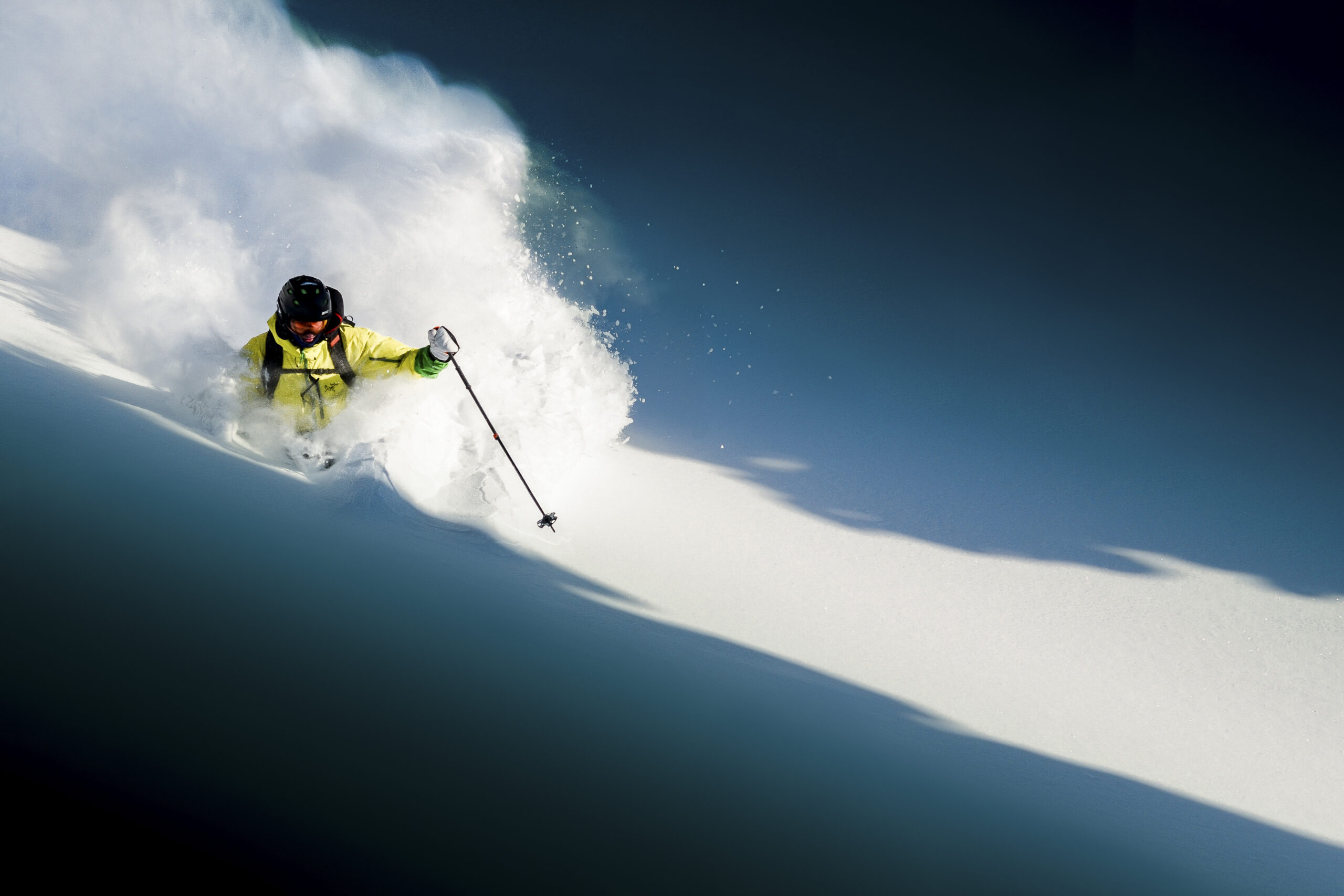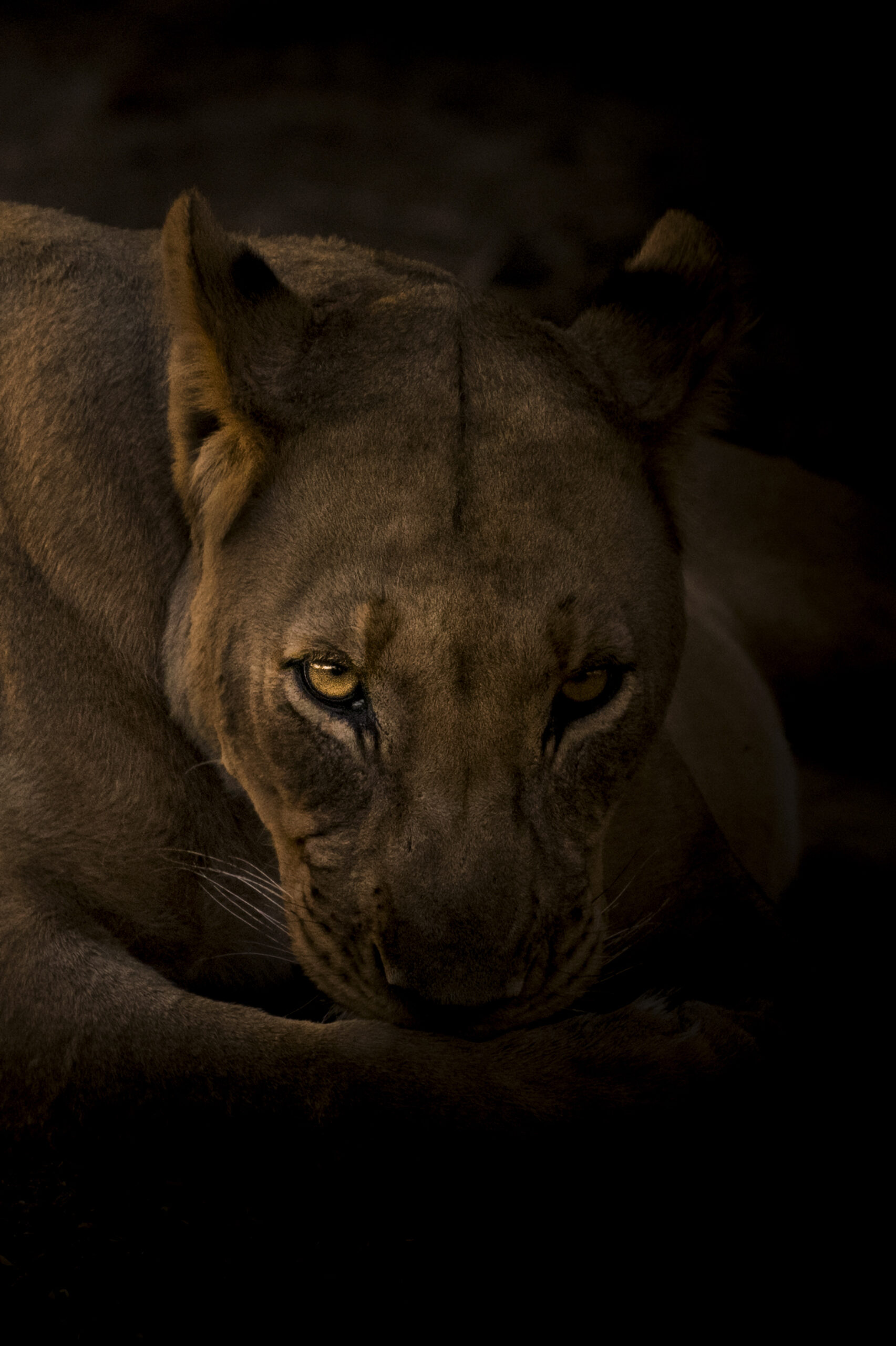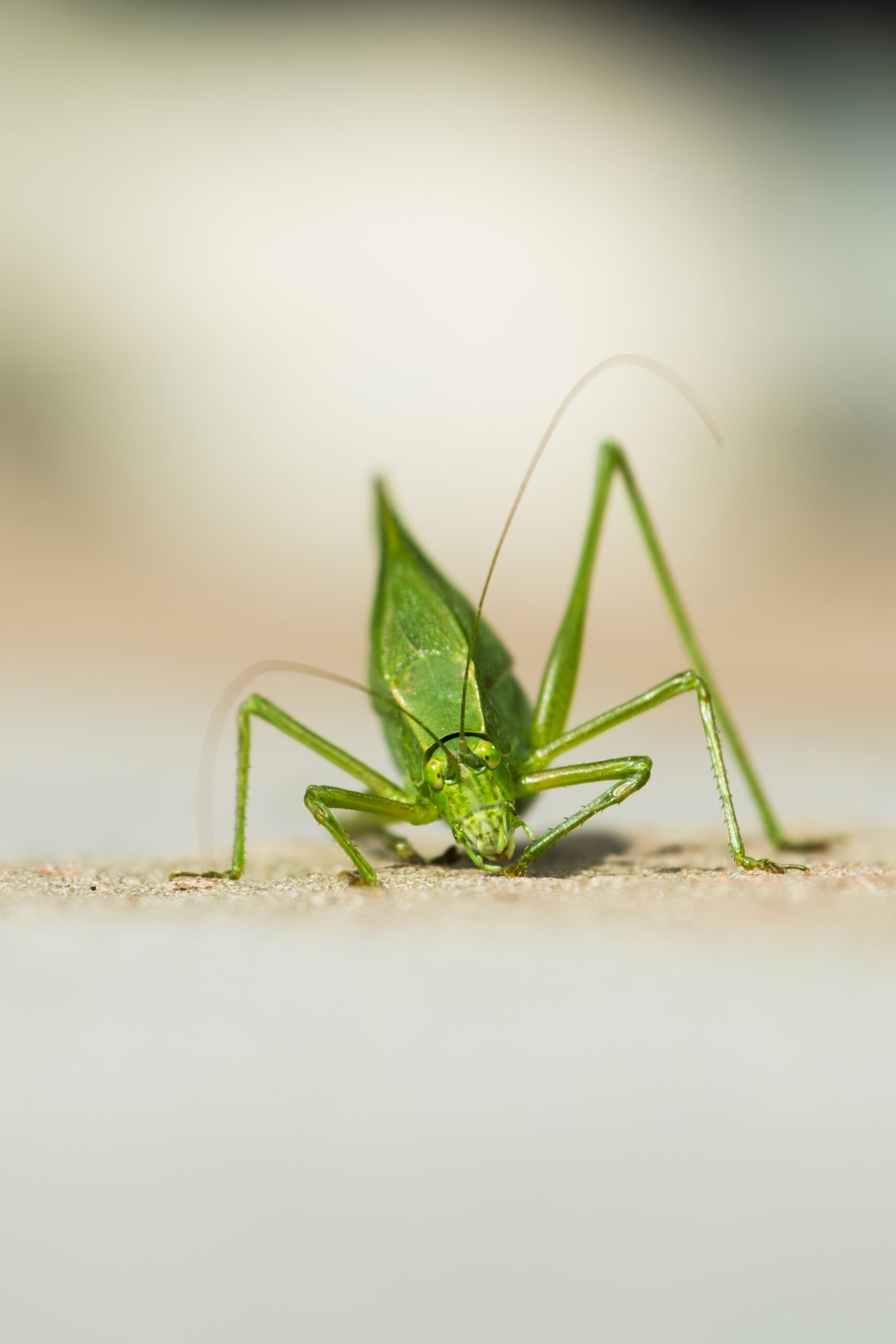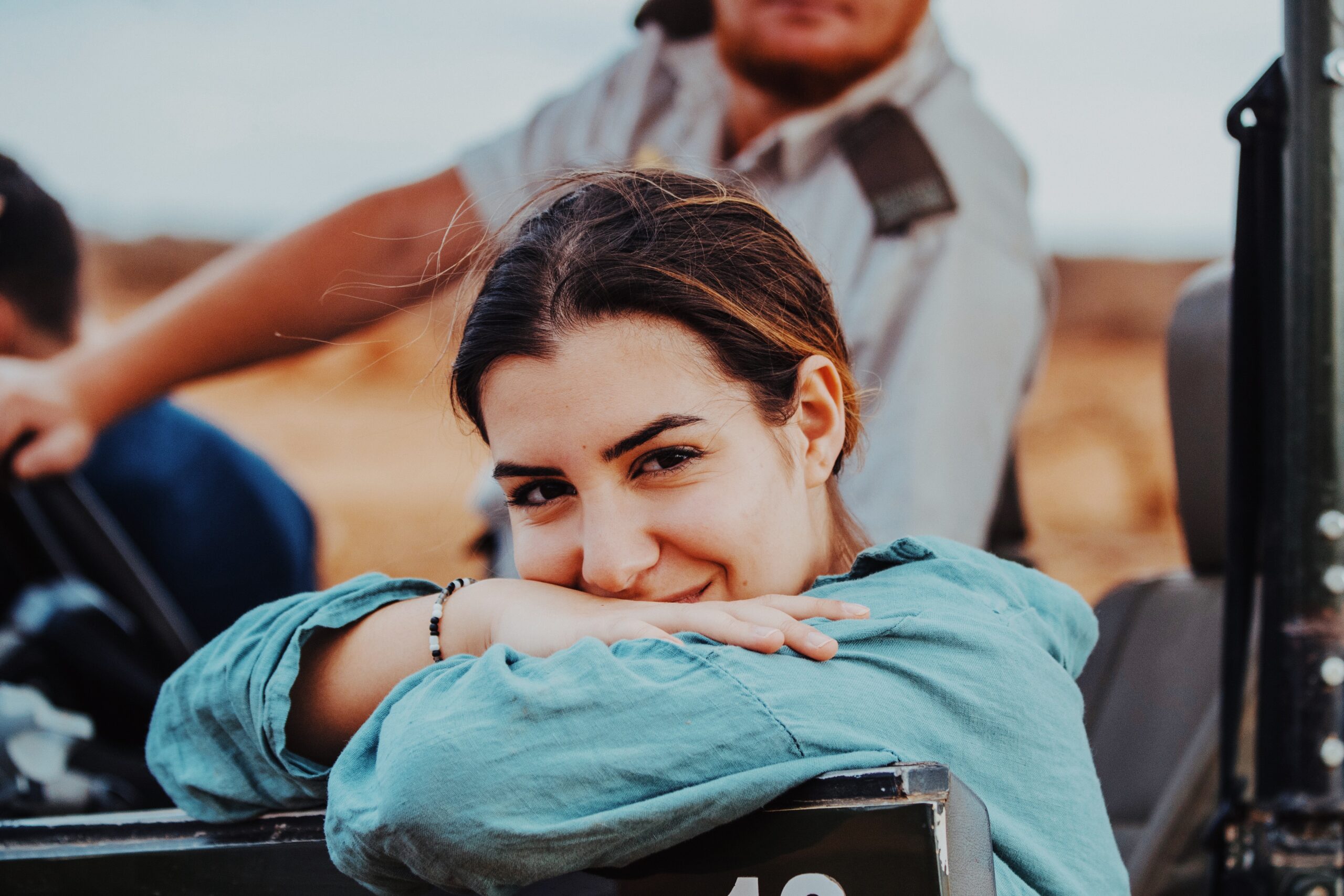Based in Montreal, Quebec, Emma Dubrovsky is a freelance photographer with a deep-rooted passion for nature, wildlife, and sports. Inspired by the beauty she encountered in these pursuits, she developed a desire to share her unique perspective with the world. Her journey into photography began in 2014, when she purchased her first camera for a trip to Costa Rica — a pivotal moment that confirmed her commitment to the craft.
In 2018, Emma earned an AEC in Professional Photography from Lasalle College in Montreal. Since then, she has participated in numerous photography workshops across the globe, refining her skills and expanding her portfolio. Known for her curiosity, keen attention to detail, and unwavering drive, Emma strives to capture powerful, evocative moments that resonate deeply with her audience.
Our Culture chatted with Emma about capturing moody landscapes, the importance of respecting wildlife, and the power of photography in conservation. Explore Emma’s work on her website.
Your photography journey began in 2014 with a camera purchase for a Costa Rica trip. What was it about that experience that hooked you on photography?
When I went on that trip I wasn’t setting out to become a photographer — I just wanted to document the experience — but something about that place completely pulled me in. The moodiness of the atmosphere felt like something I could relate to on a deeper level. The mist, the unpredictable light, the way the sky could shift from bright to brooding in an instant — it all mirrored emotions I didn’t always have words for.
The landscape itself was breathtaking. Everything felt alive — the dense greens, the soft rain, the sounds of the forest — it was like being surrounded by something ancient and untamed. It felt peaceful but also full of energy, and I found myself wanting to hold onto that feeling somehow.
That’s what really hooked me. I wanted to share what I was seeing and feeling — the quiet beauty, the sense of escape, the reminder that there’s still so much untouched wonder in the world. Photography became a way to translate that experience into something I could offer others, a small glimpse into that moment of stillness and connection I found there.
Your action portfolio heavily features snowboarding and skiing. What draws you to photographing these particular sports? Is there something about capturing movement on snow that’s especially appealing?
I’ve grown up skiing and snowboarding, so those sports have always been a huge part of my life — not just hobbies, but real passions that shaped who I am. So when I started getting deeper into photography, it just felt natural to merge the two. The idea of being able to combine two of the things I love most — being out in the mountains and creating — was something I couldn’t resist.
There’s something incredibly thrilling about photographing movement on snow. Everything happens so fast — a turn, a jump, a spray of powder — and sometimes it’s over before the eye can even process it. Being able to freeze that split second in time, to catch a moment most people might miss, feels amazing.
I also love the intensity of it. You have to be fully present, constantly anticipating what’s coming next, ready to make quick shifts and decisions within seconds. It’s a mix of adrenaline and focus that’s almost meditative in its own way. Capturing those moments feels like honouring both the sport and the fleeting beauty of movement itself.

Your landscape work often features atmospheric conditions – fog rolling through forests, dramatic mountain light. When you’re photographing these scenes, are you consciously trying to evoke a particular mood, or do you let the environment dictate the emotional tone of the image?
I’ve always found that the most overlooked weather conditions — fog, rain, overcast skies — are often the ones that create the most beautiful, emotional scenes. A lot of people wait for the perfect golden light, but for me, it’s about taking whatever nature gives and running with it. There’s something raw and honest about working with what’s in front of you, and I love how those unpredictable elements can completely transform a landscape.
When I’m out shooting, I don’t always go in with a specific mood in mind. I let the environment lead the way. The atmosphere, the light, even the silence — they all play a part in shaping how I see and feel the moment. My photos tend to reflect my own emotions too; sometimes I go out searching for a certain feeling, and other times it finds me. Even through editing, I’ll lean into the tone that matches what I was feeling — whether it’s calm, nostalgic, or something more intense.
Ultimately, what I’m trying to evoke in my work is a deep sense of realisation and gratitude — that quiet awareness of how powerful and fleeting these moments in nature are. I want people to feel that same mix of awe and presence that I do when I’m standing there, completely immersed in the scene.

There’s striking personality in your wildlife portraits, whether it’s a hummingbird frozen mid-flight or a lion’s captivating gaze. Has photographing animals changed or challenged how you think about humans’ relationship to wildlife?
Photographing animals has absolutely changed the way I see the relationship between humans and wildlife. My goal has always been to strengthen that connection — to help people see animals not as distant or separate from us, but as deeply beautiful, delicate beings that share this planet with us. I want my images to remind people that we are only guests in their home.
Every encounter with wildlife feels grounding in a way that’s hard to describe. Animals, to me, are the truest connection to the earth — they live so honestly within their environments, guided purely by instinct and balance. When you have that split-second moment of eye contact, it’s completely breathtaking. It’s as if time stops, and for that instant, there’s a mutual understanding — no words, no boundaries, just presence.
Through my work, I hope to inspire people to feel more kindness and respect toward animals, and to recognise their beauty as something worth protecting. If my photographs can make someone pause and feel even a little more connected to the natural world, then I feel I’ve done what I set out to do.
I love that you don’t shy away from photographing insects and smaller creatures – your grasshopper portrait is particularly striking, revealing details we’d normally overlook. Does photographing these smaller subjects require a different approach than larger wildlife?
Photographing smaller creatures like insects definitely requires a different kind of awareness. In many ways, it’s similar to photographing larger wildlife — you still need to be patient, still, and deeply respectful of your subject — but the scale of the interaction completely changes the feeling. When photographing a larger animal, you’re often trying not to seem threatening; but with something like a grasshopper, you suddenly become the larger presence, and that shift is humbling.
You have to move slower, breathe quieter, and be incredibly mindful not to disturb them or their surroundings. Even the smallest movement or vibration can change their behaviour or cause them to disappear in an instant. There’s an intimacy in that kind of stillness — a reminder that these tiny beings have entire worlds of their own that we rarely notice.
Capturing them up close feels almost like being let in on a secret. It’s a chance to show people just how much beauty and intricacy exists in the smallest corners of nature — details we might otherwise overlook, but that are every bit as remarkable as the grandest landscapes or the most powerful animals.

I understand you’ve worked with Prints for Wildlife. How do you see photography contributing to conservation efforts?
Yes, I’ve had the opportunity to work with Prints for Wildlife, which has been an incredibly meaningful experience. I truly believe photography can play a powerful role in conservation. Images have this unique ability to make people feel something instantly — to connect them to a story or a cause in a way that words sometimes can’t.
Photography can contribute to wildlife conservation in so many ways — whether it’s spreading awareness, raising money, or inspiring people to take action. A single image can spark curiosity, compassion, or even a sense of responsibility. It can remind people of what’s at stake and why these animals and habitats are worth protecting.
For me, it’s about bridging that gap between people and nature. If someone sees one of my photos and it makes them stop, feel something, or want to learn more — that’s where real change begins. I think conservation starts with awareness, and awareness often begins with an image that stays with you.
Nature and wildlife photography has traditionally been a male-dominated field. What has your experience been as a woman in this field?
It’s true that photography has traditionally been a very male-dominated field, and in many ways, it still is. But I’ve definitely noticed a positive shift in recent years — there’s been a real effort to create more space for women, to involve and employ more female photographers, and to celebrate the different perspectives we bring to the field.
One of the most beautiful things about this change is the sense of community that’s grown from it. There’s a strong bond between women in this space — we understand each other’s experiences, challenges, and passions, and that creates an incredible atmosphere of support. It’s women uplifting women, sharing opportunities, advice, and encouragement instead of competition.
Being part of that shift feels inspiring. It’s empowering to see more women out in the field, telling their stories and shaping the future of photography. I think the more diverse voices we have out there, the richer and more meaningful the storytelling becomes.
Are there any sports or species you’d love to document next?
There are definitely a few dream experiences still on my list. I’ve always wanted to travel to India to photograph the incredible wildlife there — especially tigers in their natural habitats. The diversity and energy of India’s landscapes really fascinates me. Another big one is photographing jaguars in the Pantanal — there’s something so powerful and elusive about them that I’d love to capture. And of course, seeing and photographing gorillas in Rwanda or Uganda would be an unforgettable experience; the emotion and intelligence in their eyes is something I’ve always been drawn to.
Lately, I’ve also been really intrigued by the idea of getting into underwater photography. There’s an entire world beneath the surface that feels both mysterious and peaceful, and I’d love to explore it creatively.
On the sports side, I’ve always thought surfing would be amazing to photograph — the movement, the light, the connection between human and ocean. It combines that same sense of power and serenity that I love capturing in nature.

